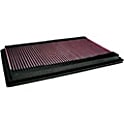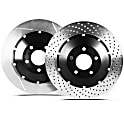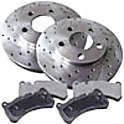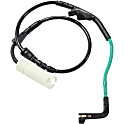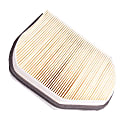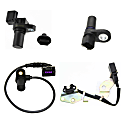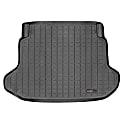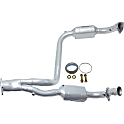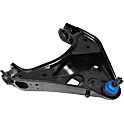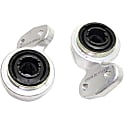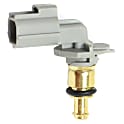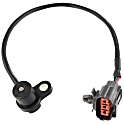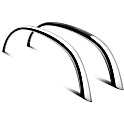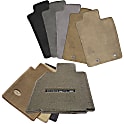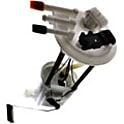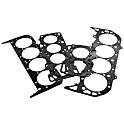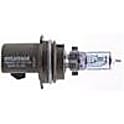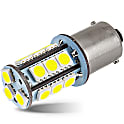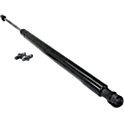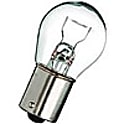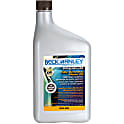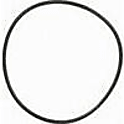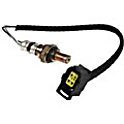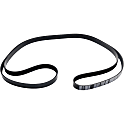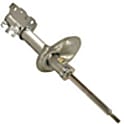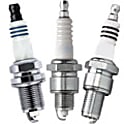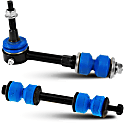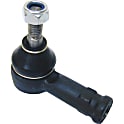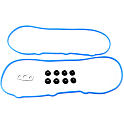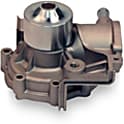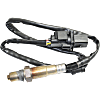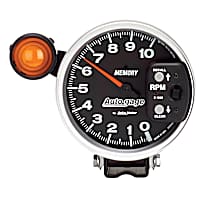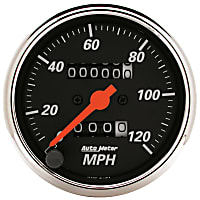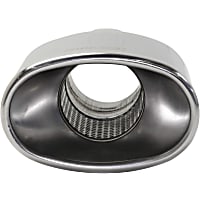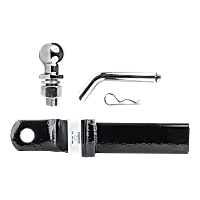{
"lazyNodes": false,
"abFitnotesFlag": false,
"abCrawlReviews": false,
"productOptionsCookie": false,
"orderDelayFlag": false,
"skipSessionCookie": false,
"covidMessage": false,
"fullTitleCookie": false,
"nrLoggerCookie": false,
"checkoutReviewCookie": false,
"productOptionSeqCookie": false,
"maintenanceFlag": false,
"bufferETACookie": false,
"multiShippingDiscountFlag": false,
"newFitmentFlag": false,
"surveyOptInFlag": false,
"crossSellFlag": false,
"skuMappingFlag": false,
"paySplitCookie": false,
"callDisableFlag": false,
"zipPaymentFlag": "u",
"hassleFreeReturn": false,
"lifetimeReplacement": false,
"cpn_off": false
}
Porsche Cayenne Parts & Accessories
Find the right parts fasterSelect Your Vehicle Part
Top Rated Products
Popular Products
Product Questions & Answers
Shopping for Porsche Cayenne Parts
The Porsche Cayenne is a popular luxury sports utility vehicle mostly seen driven by famous sports stars, celebrities, and the elite. Aside from its engine designed by Volkswagen, its frame and doors were also based from the Volkswagen Touareg. The Porsche Cayenne has made great impressions through the years. However, consumers will still have to watch out for the common problems that may arise when driving a Porsche Cayenne.
Headlights
The most common problem that car owners have encountered with the Porsche Cayenne is the loose headlights. A recall was issued by Porsche for the 2011 and 2012 models of the Porsche Cayenne including the base Cayenne and the models from the S, S Hybrid, and Turbo lines. A bulletin from the National Highway Traffic Safety Administration stated that the problem was the car's headlights being loose and easily detached from the fender while driving. This problem can cause serious impairment on the vehicle's visibility at night and increase the risk of an accident. According to the NHTSA, the problem lies within the headlamp locking assembly. This flaw was found in all Porsche Cayenne variants, from the base model right up to the high-performance Cayenne Turbo manufactured between March 8, 2010 and January 31, 2012. That sums up to a total of 20,278 Cayennes affected by the recall.
Turbine wheel
Consumers have also found problems in the Porsche Cayenne's turbine wheel. Porsche has recalled 270 vehicles for a faulty turbine wheel including the 2012 Cayenne Turbo SUVs. The problem is in the wheels having the tendency to fracture due to a casting defect. Aside from an expensive repair, this problem may also cause oil to be drawn into the exhaust system and increase the risk of a fire when left unresolved. This recall has also affected the Panamera Turbo sedan models.
Seatbelts
Another problem encountered by car owners with the Porsche Cayenne is the seatbelts not being properly secured. Consumers with a 2004 Porsche Cayenne S noticed that the seat belt retractors deactivate the Automatic Locking Retractor (ALR) mode with certain child restraints. According to the requirements of federal motor vehicle safety standard no. 208, all three rear seat positions in a car including the front passenger position should be equipped with seat belt retractors that have a locking feature. This problem may increase the risk of injury as the child restraints are not properly secured.
I had my mechanic install nerf bars in my Porsche Cayenne SUV a few months ago, and I noticed lately that one of the bars is making some noise when I drive. It's still working good and looking stable, but I'm worried it won't be long before it falls off. Any thoughts? I have zero experience in automotive work.
One of the possible reasons is that the bar is a bit loose and might be getting in contact with another metal component when you drive, thus the noise. You can check the connection for any looseness, and you may need to adjust the brackets to ensure that there is no metal component getting in contact with them. You can also grease the connections so that any noise will be muffled. And, be sure you tighten the connection properly.
I need a new set of headlights for my vehicle, and some friends are convincing me to get LED lights. When I checked online, though, these are a bit more expensive than my budget in mind. What's the deal with these lights? Why are they so popular nowadays?
LED lights have three main advantages over regular halogen lights. One of these is their brightness. When it comes to headlights, you can't skimp on brightness—it's your driving safety at stake here. With LED lights, you can be sure the road in front of you will be sufficiently illuminated even when it's raining. The other benefit offered by LED lights is less energy consumption. Compared to halogen lights, LEDs consume much less energy to operate. The last advantage is their longer lifespan. LED lights can last as long as 30,000 hours, almost 80% longer than halogen lights. So, even though they're more expensive, you'll save in the long run because you won't need to buy a new set in a long time.
I'm planning to install an electric winch in my Porsche Cayenne vehicle. What are the things I need to consider when choosing the right winch for my SUV?
An electric winch offers a lot of advantage over a hydraulic winch. It does not only work faster but also offers more convenience. However, if there's one thing you need to remember about an electric winch, it's that it will need a sufficient amount of power in order to operate properly. Therefore, your biggest consideration here is your vehicle's electrical system. Every winch has an amperage rating indicated by the manufacturer. Take a look at it and check whether the battery and alternator mounted in your ride are capable of providing such amount of power whenever needed. Otherwise, if they're not, your electric winch will not work. Don't worry, though, as you can still achieve the amount of power that you will need when using the winch; you might just need to do some upgrade. There are two options for you here—either get a new alternator with a higher power output or replace your stock battery with the dual sort of system. This will allow more power to be delivered to the winch whenever you need to use it during your drives.
The last thing expected from a world-renowned sports-car maker was an SUV, but Porsche was able to pull this off for survival’s sake. When the economic conditions experienced a downfall, this German automaker didn’t suffer much—not until the early 1990s, when it was shaken to its core and almost died. For Porsche to stay independent, it needed to produce a third-model line that will sell better than the Porsche 911 and Porsche Boxster. Since Americans were going loco over SUVs, and the US was still the automaker’s biggest market, Porsche tried its luck in the SUV market with the Porsche Cayenne, a mid-size luxury SUV, which was made out of the company’s need for a more dependable source of profit than just the sports car market.
2002: V-8 models
The first-generation Porsche Cayenne was launched as a four-door, five-passenger wagon powered by a V-8 and equipped with a dual-range four-wheel drive, six-speed automatic transmission, and other surprising SUV features. Among the first Cayenne models were the Cayenne S and Cayenne Turbo. Both models came with a basic 4.5-liter, high-tech V-8 engine, but the Turbo engine came with a pair of power-boosting exhaust-gas compressors with intercoolers.
2005: V-6 models
In early 2005, the V-6 base model of Porsche Cayenne was introduced. It was powered by a 3.2-liter version of Volkswagen’s “VR6” engine, which has a narrow-angle design featuring an iron block and four valves per cylinder. Within a few months, a six-speed manual transmission was offered as a no-charge option for this entry-level model.
2006: The Turbo S
This model was able to deliver a whooping 520 horsepower at 5500 rpm and 530 pound-feet of torque at 2750 rpm. Its engine was provided with larger intercoolers, the engine computer was remapped, and the cooling system was upgraded. Brake system upgrades were also done, and new 20-inch SportTechno wheels and high-performance tires were fitted in.
2008: Heavily revamped versions
Dubbed as the second-generation Cayenne, 2008 models received a complete makeover, with a host of new features and fresh styling. With new headlamps and bigger front air intakes, these newer models exude a wider and meaner looks. The base model was powered by a 3.6-liter V-6 while the twin-turbo version made way for the 4.8-liter V-8. All models were equipped with the Porsche Stability Management system, a rollover sensor, a standard power liftgate, and a “Sport” button on the dashboard, which modifies the suspension, engine, and transmission electronics for high-performance driving.
According to Business Week, in just a year since Porsche Cayenne’s launching in the US market, its strong sales had greatly helped the company in paying down its debt. Despite the production cost of this SUV, Porsche had collected $2.1 billion in cash, which was used to lower its debt to $128 million. The Cayenne’s sales also provided the company its 10.1 percent net profit margin, which was the industry’s highest for that year. This is the reason Business Week titled its story about Porsche Cayenne with: “This SUV can tow an entire carmaker.”



